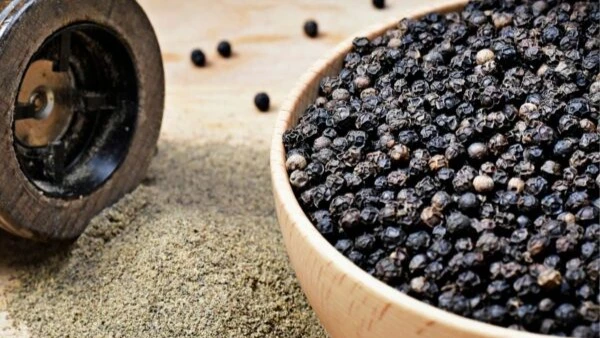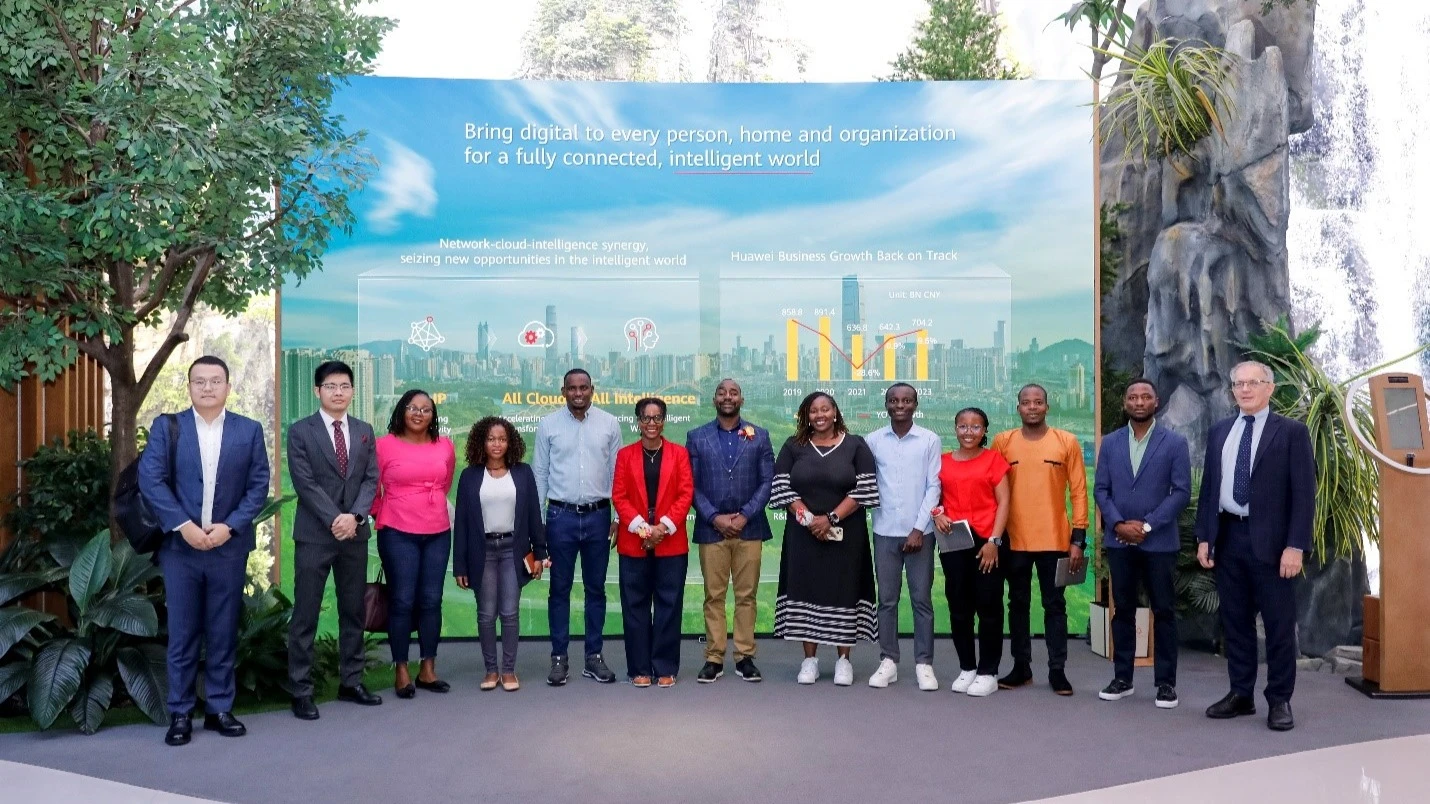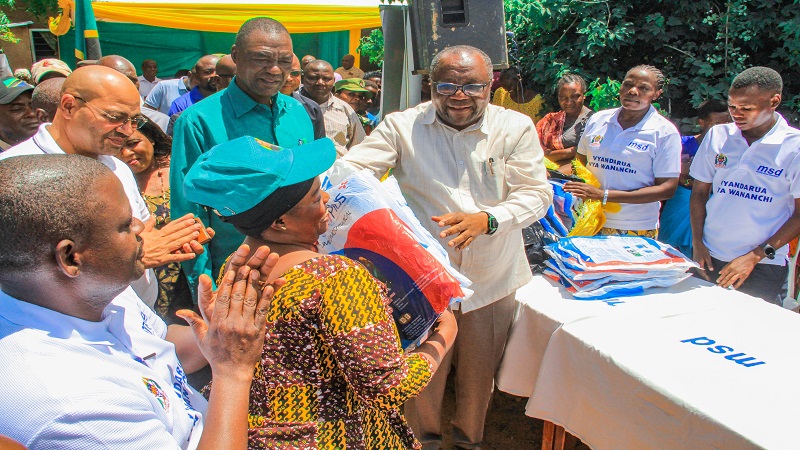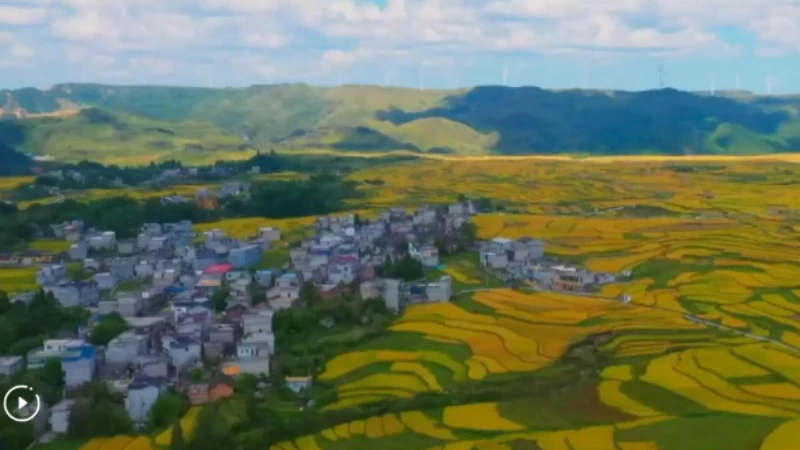Spices prices spike over low production

The shortage of rains in the Tanga and Morogoro regions has affected spice production, leading to price increase by 100 percent within a period of two-month.
This was said during an interview with spice growers, businesspeople in Muheza over the weekend.
Spice growers reported that between September and December—the typical harvest time in Muheza—prices for black pepper and cardamom usually range between 5,000/- and 7,000/- per kilogram. However, during last year’s harvest season, prices surged to 10,500/- per kilogram.
"In Muheza, spice farmers experienced a lower harvest compared to previous years. Similarly, in Morogoro, where the harvest season begins in July, there was also a decline in production. This situation forced businesspeople to rely on Muheza, causing prices to increase sharply within a short period," they explained.
As of the first weekend of February, black pepper was being sold for 22,000/- per kilogram, while cardamom was priced at 27,000/-.
In January, the price of black pepper was 17,000/-, while cardamom stood at 15,000/-.
Prices are expected to rise even further in March due to increased demand during the holy month of Ramadan.
"During Ramadan, spices are in high demand both locally and in international markets, particularly in Islamic countries," noted Mama Aisha, a spice dealer.
Spice farming, like other forms of horticulture, is labor-intensive but offers substantial income potential for households. By improving product quality to meet consumer demands and connecting farmers to high-value markets, spice farmers can achieve better returns.
Targeting high-value markets involves activities such as drying, packaging, sorting, grading, and storage—all of which add value to the products.
In the Tanga region, spices are predominantly grown in the Amani Division of Muheza District, located in the Eastern Arc of the Usambara Mountains. These mountains play a crucial role in water catchment and agriculture.
The presence of stakeholders like GFP Organics Limited and the UWAMAKIZI environmental conservation association has been transformative for many villagers. These organizations have significantly improved farmers' livelihoods by promoting environmentally friendly agricultural practices that yield high profits.
The organizations have also played a pivotal role in enhancing spice farming practices, providing farmers with reliable market access, and promoting environmental conservation through sustainable farming methods.
From farming to processing, packaging, and transportation, many villagers are actively involved in various stages of the spice value chain.
Top Headlines
© 2025 IPPMEDIA.COM. ALL RIGHTS RESERVED

























